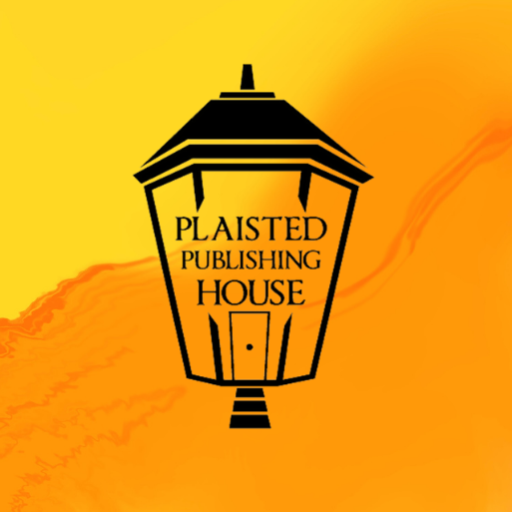Are you a New Author?
DID YOU KNOW? Writers Beware is one of the first websites all new authors need to read before they look for a publisher or at self-publishing. Along with this you should read ‘The Ultimate Author Checklist.’ an great PDF full of information from an excellent Marketing website. Both websites are excellent resources for…
Read more



Recent Comments